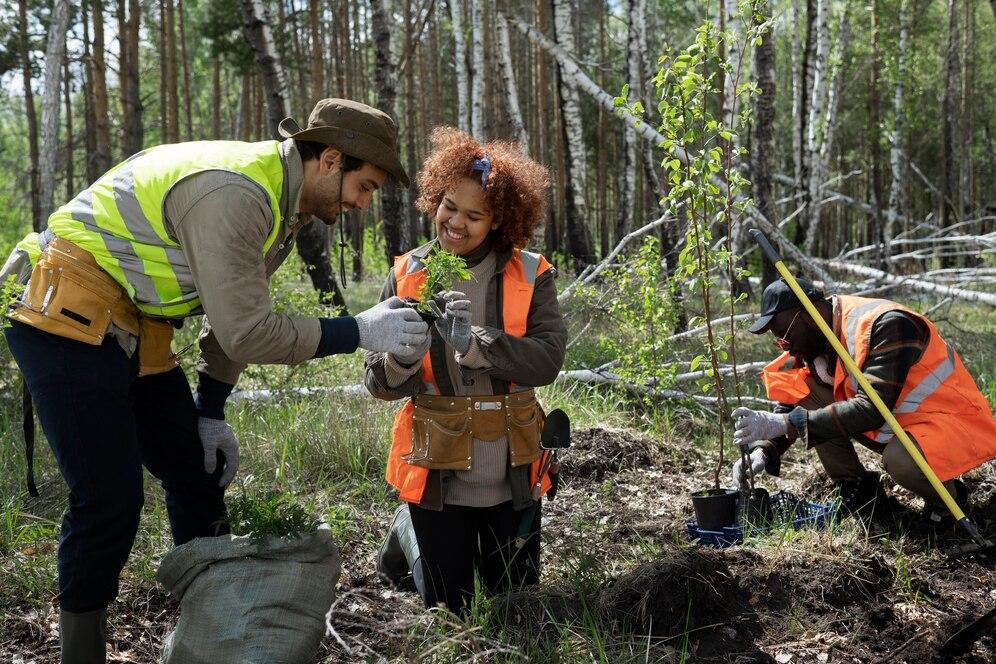Ultimate Guide to Environmental Remediation Techniques
Environmental remediation is a critical process aimed at restoring contaminated or polluted areas to their natural state, safeguarding both the environment and human health. This guide explores various environmental remediation techniques that are essential for tackling pollution and revitalizing ecosystems. By understanding these methods, we can work towards a cleaner and healthier planet for future generations.
Understanding Environmental Remediation
Environmental remediation refers to a set of techniques used to address environmental contamination, which can result from various sources, including industrial activities, agriculture, and waste disposal. Contaminants may include hazardous chemicals, pollutants, and even radioactive materials. Here are some key techniques used in environmental remediation:
Phytoremediation
Phytoremediation takes advantage of nature’s green champions, plants, to combat contamination. Specific plant species possess a remarkable ability to absorb, accumulate, or detoxify pollutants from soil, water, or air. These green allies concentrate pollutants within their tissues, providing an effective means of removing contaminants from the environment.
Chemical Oxidation
Chemical oxidation employs powerful oxidants like ozone or hydrogen peroxide to initiate a chemical reaction that breaks down pollutants into harmless byproducts. This technique is particularly valuable when dealing with groundwater contamination caused by organic compounds. The oxidation process helps to eliminate or reduce the harmful effects of contaminants, making the water safer for consumption and minimizing environmental damage.
Pump-and-Treat
The pump-and-treat method involves the extraction of contaminated groundwater to the surface, where it undergoes treatment to remove pollutants. Once treated, the purified water is either reinjected into the ground or safely discharged into the environment. This approach is commonly used for managing subsurface contamination, ensuring that groundwater resources remain free from harmful substances and suitable for various uses.
Soil Vapor Extraction (SVE)
Soil Vapor Extraction (SVE) is a technique used to address soil contamination caused by volatile organic compounds (VOCs). It functions by creating a vacuum to extract the vapor phase of contaminants from the soil. Once captured, these contaminants can be treated or safely disposed of, preventing their release into the atmosphere. SVE is a valuable method for remediating contaminated soil and mitigating the risks associated with VOCs.
Phase I Environmental Site Assessment
A Phase I Environmental Site Assessment (ESA) is a crucial preliminary step in the environmental remediation process. It involves a comprehensive evaluation of a property to identify any potential or existing environmental contamination risks. This assessment helps to determine the extent of any contamination and the appropriate remediation strategies that may be needed. By conducting a Phase I ESA, stakeholders can make informed decisions about property transactions, development, or remediation efforts, ensuring that environmental risks are properly managed.
Environmental remediation is a vital undertaking in the quest to protect our planet and ensure a safer future for all living beings. By employing these techniques, we can address contamination issues and restore ecosystems to their natural state.



